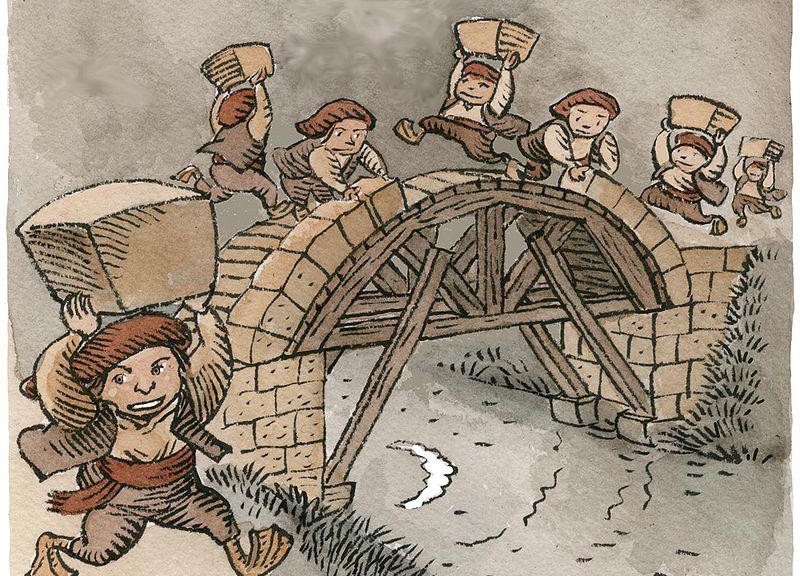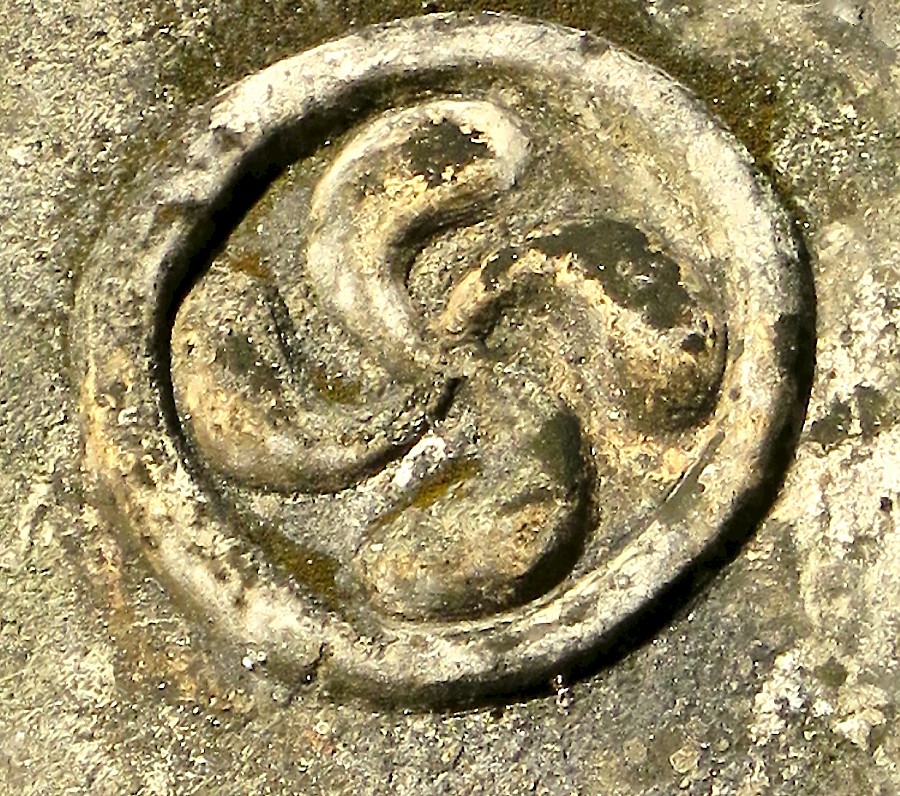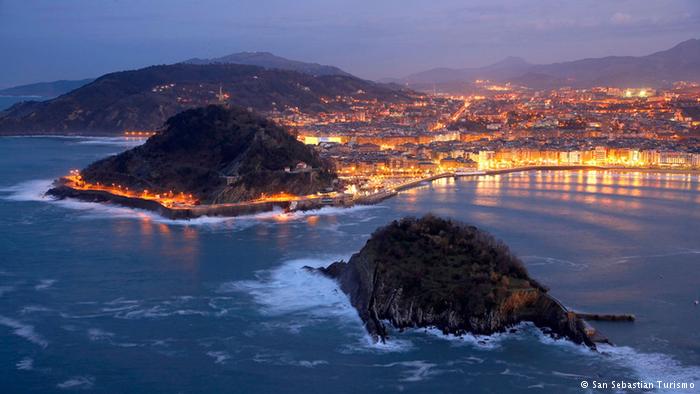As part of the buildup to the Smithsonian Folklife Festival celebrating the Basque culture, Vince Juaristi is writing a series of articles highlighting the connections between the Basques and Americans. He has graciously allowed me to repost those articles as they appear on Buber’s Basque Page.
Sprawled between the Washington Monument and the U.S. Capitol, the Smithsonian hosts the National Folklife Festival each year. Hundreds of thousands attend from across America and around the world to study and learn about diverse cultures in the United States. From June 29-July 4 and July 7-10, 2016, this year’s festival will showcase the Basque. In the lead up to this important event, we are publishing a series of historical and human interest articles that demonstrate how Americans and the Basque have crossed paths for centuries. An introductory article ran in January. Additional articles will run monthly through June 2016. We call the series, “Intertwined“.
The Tail of the Comet
By Vince J. Juaristi
Florentino Goicoechea (Basque: Florentino Goikoextea) lived in a 24-mile stretch of land between Hernani, Gipuzkoa, Spain, and Ciboure, France. He grew up in a small farm house without electricity or plumbing, hunted antelope and big-horned sheep in the hills south of San Sebastían, and fished the Bidassoa River that traced the Spanish-French border. He knew the Pyrenees that ran like a zipper from the Bay of Biscay to the Mediterranean with more than 50 alternating teeth peaking above 10,000 feet. He knew the sounds of night and day and the animals that growled, chirped, snarled, or hissed in the dense foliage and jagged rock along the high mountain passes. He had no formal schooling, only the knowledge afforded by these 24-miles, but it was this familiarity most of all that came to serve America and the Allies during World War II.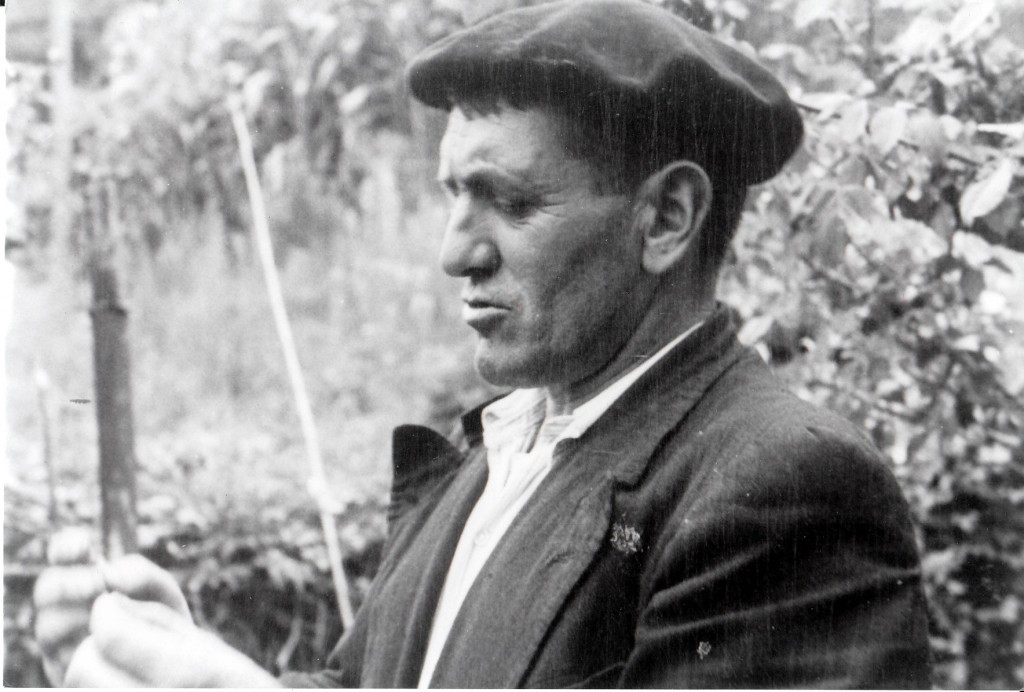
Florentino began to apply his knowledge and skill as a smuggler against Franco during Spain’s Civil War in 1936. Wearing a black beret not a helmet and carrying a walking stick or fishing pole not a gun, he crisscrossed the border to deliver secrets between commanders in the field and Basque exiles in France. If Franco’s soldiers, the Guardia Civil, spotted him, he smiled and passed as a harmless peasant in search of a meal; the soldiers would nod and go back to their patrol.
Despite his skullduggery, the Republic fell to Franco’s forces by 1939. Wary of going home, he settled in Ciboure, where he happily took up a quiet solitary life of hunting, fishing, and hiking on the French side of the Pyrenees.
Months later, his calm was shattered as it was for all Europeans when Germany’s invasion of Poland sparked World War II. The effects of war did not reach him for six months, and then only as reports in newspapers filled with shocking details of massacre and tragedy. Later, when food shortages forced rationing of eggs, cheese, potatoes, and wine, he smuggled supplies for himself and neighbors.
As a Basque man from Spain, a neutral country during the war, he was never called into military service. Still he felt he had to fight. His few words on the matter suggest that opposing Germany would vindicate the earlier loss to Franco, though no one may ever know his true motivation.
After France surrendered to Germany, Florentino found his calling. He learned of a kind of underground railroad called Réseau Comète – the Comet Line – that held as its motto, “Fighting Without Arms.” It smuggled downed Allied pilots safely from Brussels to Paris, but once Germany occupied France, it had to escort a pilot beyond Paris, across the Pyrenees, into neutral Spain to get him home.
The first guide for this dangerous journey had been caught and arrested. Who, then, would fill the vacancy? Who would escort these American, British, Canadian, and Australian pilots over the treacherous Pyrenees and deliver them safely home? Who would dare defy these Nazis and the Guardia Civil?
Only one man had the knowledge, skill, and cunning to pick up the cause – Florentino Goicoechea.
Every day Florentino walked across a bridge that connected his new home of Ciboure with St. Jean de Luz, and then drank wine or ate a meal at the Euskalduna Hotel. A mother-daughter pair worked there whom he had known since the Spanish Civil War. He marveled still at their sneaky talents. They hovered near tables to watch, hear, absorb, and convey secrets while serving drinks or clearing dishes. As much as Florentino was master of the Pyrenees, these two were masters of subterfuge which turned the Euskalduna into a kind of central nervous system for the French resistance in the south.
Florentino did not know when the pair talked with operatives of Comet, or when a downed pilot might require escort. In truth, he knew little of a pilot’s difficult journey up to the point he met him.
A pilot typically traveled by train or bus from Paris to Bayonne and then pedaled a bicycle sixteen miles to the St. Jean de Luz railroad station. He waited inside a bathroom stall until nightfall and then slipped out a side-door that opened to an alley. Concealed by the shadows for about 500 feet, he entered Euskalduna where the mother and daughter whisked him to a room or another safehouse.
The next day while drinking his wine or sipping his soup, Florentino would hear a whisper, “Expect a package.”
He watched the Ciboure Bridge at midnight for the unmistakable signs of a foreigner, usually a nervous man all alone or two men anxiously whispering and white-knuckling the rail of the bridge. With the stealth of a cat, Florentino sneaked up and quickly drew the one or the pair off the bridge into the shadows.
With the spryness of a younger man, he led them along the N10 road and then uphill into the tall grasses and thick pine and spruce around Ciboure. “It was everything I could do to keep up,” said one flier from Ohio. For nearly three miles, the pace never slowed until they arrived at one of three safehouses in Urrugne – Tomásénéa, Bidegain Berri, or Yatxu Baita.
Florentino knew the farmhouse owners. A wife of a French POW ran the first, a widow the second, and a single father with twelve children the third. Each risked all they had to help him. He alternated his visits to reduce suspicion on any one.
Already exhausted, fliers received warm milk at the farmhouse. Then each was outfitted as a Basque peasant with chord-roped espadrilles, blue workman’s clothes, and a black beret. He also received a Benzedrine pill to boost his energy. As soon as the milk bowls were licked clean, Florentino handed each flier a walking stick, and then he squinted and thrust his chin, for he was a man of few words, and they returned to the night.
In complete darkness, they climbed Mont du Calvaire. It was not high, but steep, burning thighs and calves with each step. At the peak, they collapsed, but Florentino pushed them beyond their limits, up a steeper mountain that the Basque call Xoldokogaina.
They climbed for more than two hours, sometimes on all fours over sharp rock, through pines and across shallow brooks, falling into holes, stumbling over branches, scraping arms and legs. A foot or two ahead were Florentino’s heels and if a flier lost sight of them and panicked, a sudden strong hand pulled him up and forward moving him on.
“There was a kind of peace at the top,” said one Ohio flier surveying the landscape from 5,200 feet. In the calm of this blackest night, they could hear the Bidassoa River in the distance and see the hazy glow of Fuentarabia, Irún and San Sebastían.
Yet between this high tranquility and the lights of freedom were German patrols and Franco’s Guardia Civil.
Florentino crouched with the pilots on Xoldokogaina to catch his breath and rest his legs and wipe sweat from his cheeks. They waited for the guards to change shifts at about 3 a.m. which opened gaps in the security. Then they descended as quickly as they could, sometimes in a slide, to the footpaths of Col des Poiriers.
Here was the most dangerous point in the journey. The terrain afforded little passable ground besides the trails, so they had to jog in the open, breathing heavily, risking exposure and capture. “I was scared as hell,” said a flier from Washington.
The exposure lasted only a few moments until they dipped into the winding Lantzetta Erreka creekbed that ended at San Miguel near the river separating France and Spain.
The Bidassoa River was unpredictable. In winter, it froze over for easy crossing, or froze enough that a man could hop from floe to floe. In summer, it rose in places to the knees. But in spring, it often swelled its banks, forcing Florentino and the fliers to strip and swim with clothes in a plastic bag or held over their heads as the water lapped their armpits. If they heard barking, they had to swim fully clothed.
Up the opposite bank they scrambled on to Spanish soil. By 5 a.m. a crisp dawn had cracked the horizon behind them. Lying on their bellies in the tall grasses, they listened for the Guardia Civil that had barracks only 1,200 feet downstream. Florentino expected the soldiers to be sleeping, not patrolling, and sure enough several fliers reported hearing snoring nearby.
They crept past the slumbering guards over a railroad and across the Irún-Pamplona road. It was a “steep and exhausting climb to Erlaitz,” wrote one flier. Every step was taken in stealth, yet every kicked pebble or snapped limb sounded like a pistol shot.
The terrain eased after Erlaitz and so, too, their anxiety. Florentino led them along old mining tracks to the Sarobe Farm, and for the first time in hours, they felt cautiously safe. The farmer served eggs and cheese, wine and bread. The fliers untied their espadrilles to air their bruised and blistered feet and soak them in salt water.
After resting an hour and pulling on new socks and shoes, they walked two hours over meadow and quiet pasture and well-kept roads.
In Renteria, Florentino bought tickets for the tram and he and the fliers boarded like ordinary commuters. None of the riders that morning knew how treacherous the last 10 hours had been for these dirty-faced, haggard strangers.
In twenty minutes, the tram stopped in Hernani, Florentino’s birthplace, where he took the fliers to a safehouse owned by an old friend of the family.
Then he bid them goodbye.
He never knew their names, nor they his. His daring acts were carried out anonymously – to know a name presented undue risk. He continued escorting fliers across his 24-mile stretch of land until D-Day and the liberation of France in August 1944. He never lost a pilot nor was any pilot captured under his care.
From the Hernani safehouse, the fliers traveled easily to San Sebastían and then to the British Consulate in Bilbao. Under Allied protection, the men made their way to Gibraltar in the south for passage home.
The Comet Line saved over 700 American, British, Canadian, and Australian pilots. Of those, Florentino Goicoechea had a hand in leading 207 over the Pyrenees to safety. While some hung up their wings to enjoy the comforts of home, others returned to the fight. Even though they did not know his name, the fliers wrote thank you notes, never forgetting the kind and quiet man who guided them over the mountains.
After the war, Florentino remained a wanted man by Franco’s Guardia Civil, so his deeds went unrecognized for most of his life. Yet when Franco died in November 1975, Florentino emerged from the shadows of Ciboure to receive widespread recognition in both France and Spain. He was also honored in England at Buckingham Palace, where he received the George Cross for gallantry and bravery. During the ceremony, he was asked, “What is it that you actually do?” In broken English, he replied, “I am in the import-export business.”
———————-
 Vince J. Juaristi was born and raised in Elko, NV. He is CEO and President of ARBOLA, a technology company, in Alexandria, VA. His newest book, Basque Firsts: People Who Changed the World, will be released this year by the University of Nevada Press.
Vince J. Juaristi was born and raised in Elko, NV. He is CEO and President of ARBOLA, a technology company, in Alexandria, VA. His newest book, Basque Firsts: People Who Changed the World, will be released this year by the University of Nevada Press.
Please donate to help the young people of the Great Basin Basque Program attend the Smithsonian event this summer. All donations are tax deductible and you will receive a receipt. Go to: http://www.campusce.net/gbcnv/course/course.aspx?c=246
If you would like to help the young people of the Great Basin Basque Program in other ways, contact Angie deBraga at Great Basin College. angie.debraga@gbcnv.edu.
Share this / Partekatu hau:
Like this:
Like Loading...
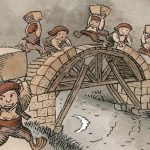 Alan King continues to share some great stories. He has two new Basque stories on his website. Kidnapped by the Basajaun tells the story of a shepherd frees a young woman who had been kidnapped by a basajaun and forced to live with him. The Dog with Charcoal Eyes is about a man, about to be wed, and a dog who wishes to visit a terrible revenge for a wrong done by the man.
Alan King continues to share some great stories. He has two new Basque stories on his website. Kidnapped by the Basajaun tells the story of a shepherd frees a young woman who had been kidnapped by a basajaun and forced to live with him. The Dog with Charcoal Eyes is about a man, about to be wed, and a dog who wishes to visit a terrible revenge for a wrong done by the man. During the Spanish Civil War, as Franco’s forces approached the Basque capitals, the boat Habana took thousands of children to Britain, where they could escape the ravages of the war. Most eventually returned to the Basque Country, though hundreds stayed in Britain, their adopted home. The Yorkshire Post provides some context to the efforts of ordinary British citizens to help these children. BBC provides more details about the ordeal of these children and their experiences in Britain.
During the Spanish Civil War, as Franco’s forces approached the Basque capitals, the boat Habana took thousands of children to Britain, where they could escape the ravages of the war. Most eventually returned to the Basque Country, though hundreds stayed in Britain, their adopted home. The Yorkshire Post provides some context to the efforts of ordinary British citizens to help these children. BBC provides more details about the ordeal of these children and their experiences in Britain. Luis Ortiz Alfau was 19 years old when the Spanish Civil War broke out. Through he never fired a shot in the war, he served in the transmissions service, aiding in communications between different battalions. He witnessed the bombing of Gernika and was held in a forced labor camp by Franco’s forces. In this article in the Bangkok Post, Luis, one of the few remaining survivors of Gernika, tells his story.
Luis Ortiz Alfau was 19 years old when the Spanish Civil War broke out. Through he never fired a shot in the war, he served in the transmissions service, aiding in communications between different battalions. He witnessed the bombing of Gernika and was held in a forced labor camp by Franco’s forces. In this article in the Bangkok Post, Luis, one of the few remaining survivors of Gernika, tells his story. One of the coolest aspects of Basque culture is the bertsolaritza, or improvisational poetry. Bertsolariak are given a theme and, on the spot, they have to compose a verse that follows a very specific rhythm. There are competitions for the best bertsolariak, with the best composing verses that bring laughs and gasps from the audience. As part of the Smithsonian Folklife Festival that was held in late June and early July, Smithsonian Magazine had an excellent introduction to the world of bertsolaritza. They also have a nice discussion with John Ysursa and Martin Goicoechea about the art form.
One of the coolest aspects of Basque culture is the bertsolaritza, or improvisational poetry. Bertsolariak are given a theme and, on the spot, they have to compose a verse that follows a very specific rhythm. There are competitions for the best bertsolariak, with the best composing verses that bring laughs and gasps from the audience. As part of the Smithsonian Folklife Festival that was held in late June and early July, Smithsonian Magazine had an excellent introduction to the world of bertsolaritza. They also have a nice discussion with John Ysursa and Martin Goicoechea about the art form.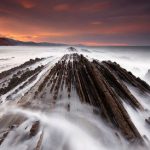 Here is an interesting connection between Santa Fe, New Mexico and the Basque Country. Parts of season 7 of the Game of Thrones, the hit series based on George R. R. Martin’s fantasy novels, will film in the Basque Country, specifically in Zumaia and Bermeo. With landscapes like that, I can see why. This isn’t the first time the series has filmed in Spain nor, more specifically, the Basque Country. The connection to Santa Fe? Martin calls Santa Fe his home.
Here is an interesting connection between Santa Fe, New Mexico and the Basque Country. Parts of season 7 of the Game of Thrones, the hit series based on George R. R. Martin’s fantasy novels, will film in the Basque Country, specifically in Zumaia and Bermeo. With landscapes like that, I can see why. This isn’t the first time the series has filmed in Spain nor, more specifically, the Basque Country. The connection to Santa Fe? Martin calls Santa Fe his home. If you are a wine lover, but you are looking for something beyond the typical reds, whites, or even roses, a group in the Basque Country has created a blue wine. I’m not a wine connoisseur (I once shocked my future mother-in-law by pouring coke into the expensive glass of wine she had ordered me…), but it seems that this likely tastes similarly to other wines, but just has a different look. The inventors say they are looking for a little revolution and innovation for the wine market.
If you are a wine lover, but you are looking for something beyond the typical reds, whites, or even roses, a group in the Basque Country has created a blue wine. I’m not a wine connoisseur (I once shocked my future mother-in-law by pouring coke into the expensive glass of wine she had ordered me…), but it seems that this likely tastes similarly to other wines, but just has a different look. The inventors say they are looking for a little revolution and innovation for the wine market. Does ham hold the secret to world peace? I doubt it, given that many societies avoid pork. However, the throng of people at the annual ham fair in Bayonne/Baiona (there is a ham fair? And no one ever told me?) were having such fun, it made writer Anthony Peregrine wonder if it would be worth bring world leaders together at such an event. As his wife told him, I don’t think so, but I do admit that jamon is about the best thing I’ve ever eaten.
Does ham hold the secret to world peace? I doubt it, given that many societies avoid pork. However, the throng of people at the annual ham fair in Bayonne/Baiona (there is a ham fair? And no one ever told me?) were having such fun, it made writer Anthony Peregrine wonder if it would be worth bring world leaders together at such an event. As his wife told him, I don’t think so, but I do admit that jamon is about the best thing I’ve ever eaten. Continuing on the theme of food, José Pizarro has a new cookbook featuring Basque recipes. Though not Basque himself (Pizarro is from Extremadura) he has had a long-held interest in the food of the Basque region. His new book features recipes of pintxos accompanied with wonderful photos. The Telegraph and The Independent have several of these online.
Continuing on the theme of food, José Pizarro has a new cookbook featuring Basque recipes. Though not Basque himself (Pizarro is from Extremadura) he has had a long-held interest in the food of the Basque region. His new book features recipes of pintxos accompanied with wonderful photos. The Telegraph and The Independent have several of these online.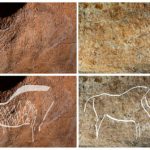 The Basque Country is known for caves containing art from prehistoric times. Researchers have found another treasure trove of prehistoric art, this time in the Atxurra cave. The paintings depict numerous animals, several being hunted. They are in excellent condition and provide new insight into the lives of the prehistoric inhabitants of the region we now call the Basque Country.
The Basque Country is known for caves containing art from prehistoric times. Researchers have found another treasure trove of prehistoric art, this time in the Atxurra cave. The paintings depict numerous animals, several being hunted. They are in excellent condition and provide new insight into the lives of the prehistoric inhabitants of the region we now call the Basque Country. Finally, a note about education. If you count it separately from the rest of Spain, the Basque Autonomous Community (BAC) ranks third in Europe in per-pupil spending (after Denmark and Austria) and third in research and development (after Denmark and Finland) in Europe. They have made major pushes to develop themselves into an education center. This article from the BBC highlights some of the initiatives the BAC has made in education while this article from Pan European Networks summarizes the current education situation in the BAC.
Finally, a note about education. If you count it separately from the rest of Spain, the Basque Autonomous Community (BAC) ranks third in Europe in per-pupil spending (after Denmark and Austria) and third in research and development (after Denmark and Finland) in Europe. They have made major pushes to develop themselves into an education center. This article from the BBC highlights some of the initiatives the BAC has made in education while this article from Pan European Networks summarizes the current education situation in the BAC.
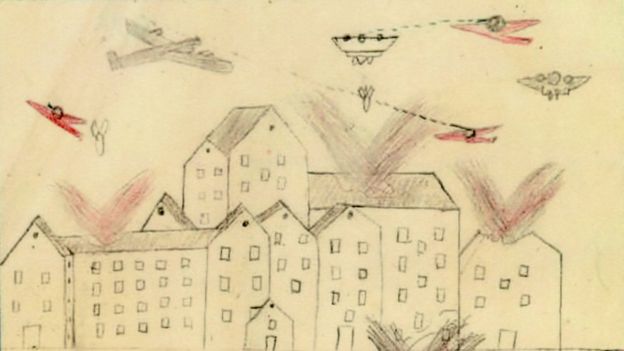



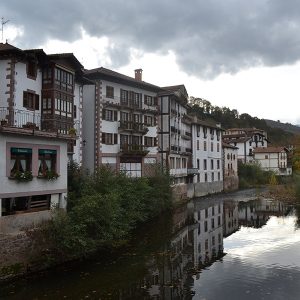 One minor spoiler: there are some elements of the supernatural in the story. I’m not yet sure how I feel about them. I won’t say much more, and I’ll reserve judgement until I see how they play out in the next two novels that continue Amaia’s adventures in the Basque Country.
One minor spoiler: there are some elements of the supernatural in the story. I’m not yet sure how I feel about them. I won’t say much more, and I’ll reserve judgement until I see how they play out in the next two novels that continue Amaia’s adventures in the Basque Country.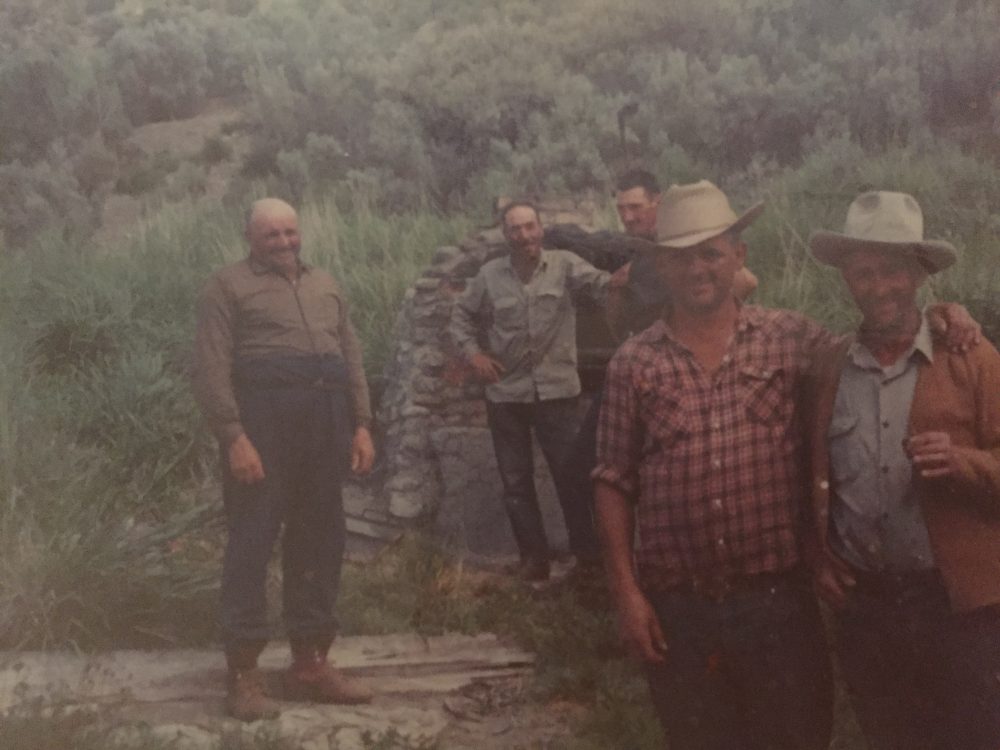
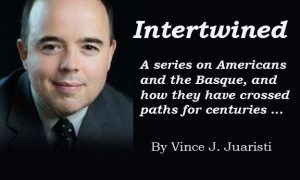 Sprawled between the Washington Monument and the U.S. Capitol, the Smithsonian hosts the National Folklife Festival each year. Hundreds of thousands attend from across America and around the world to study and learn about diverse cultures in the United States. From June 29-July 4 and July 7-10, 2016, this year’s festival will showcase the Basque. In the lead up to this important event, we are publishing a series of historical and human interest articles that demonstrate how Americans and the Basque have crossed paths for centuries. An introductory article ran in January. Additional articles will run monthly through June 2016. We call the series, “Intertwined“.
Sprawled between the Washington Monument and the U.S. Capitol, the Smithsonian hosts the National Folklife Festival each year. Hundreds of thousands attend from across America and around the world to study and learn about diverse cultures in the United States. From June 29-July 4 and July 7-10, 2016, this year’s festival will showcase the Basque. In the lead up to this important event, we are publishing a series of historical and human interest articles that demonstrate how Americans and the Basque have crossed paths for centuries. An introductory article ran in January. Additional articles will run monthly through June 2016. We call the series, “Intertwined“.
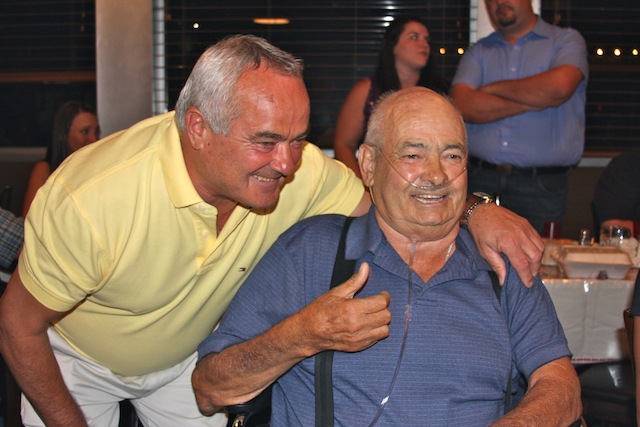
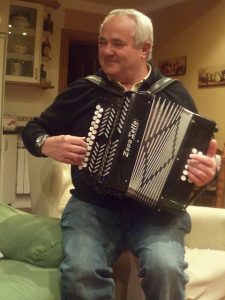
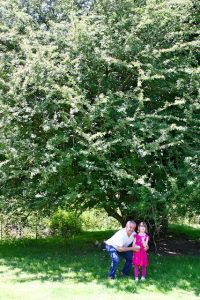
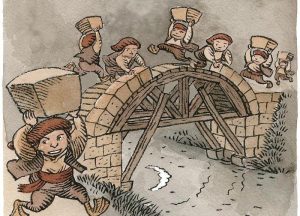
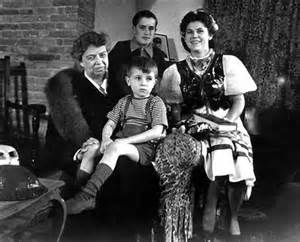

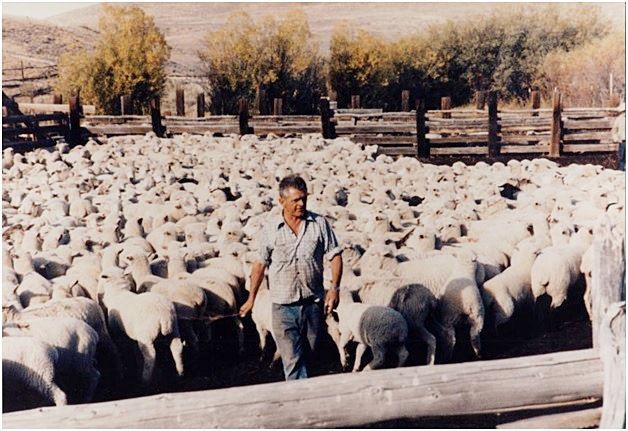
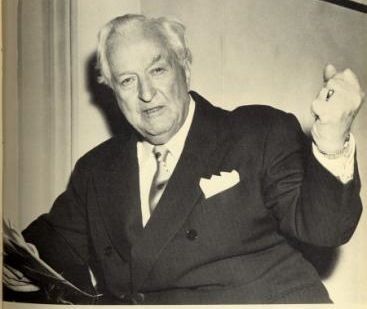


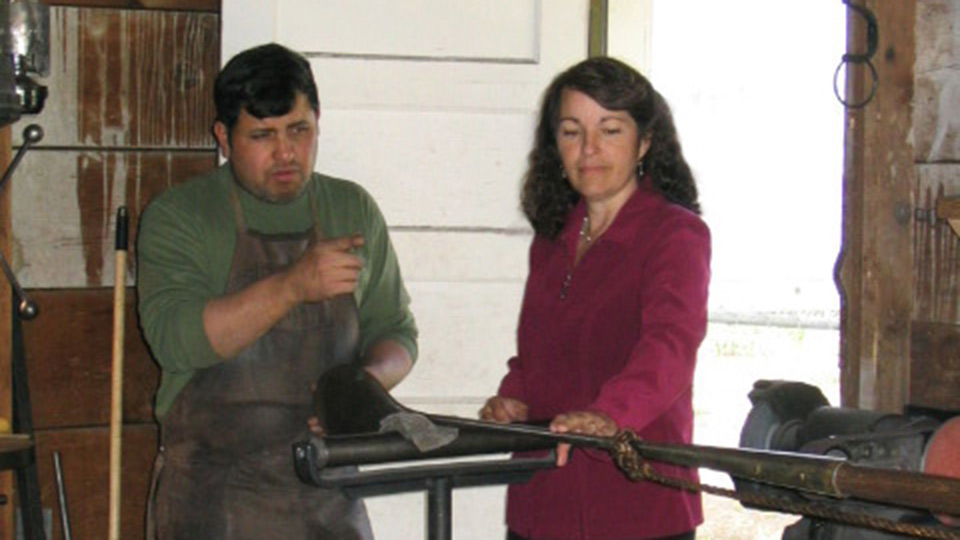 Buber’s Basque Page: Just a curious point from my point of view: when I’ve tried doing genealogy research into my Basque roots, all of the names I’ve found back several centuries have been Spanish. Yet, all of your Basque characters have names that are Basque. How widely used were Basque names back then?
Buber’s Basque Page: Just a curious point from my point of view: when I’ve tried doing genealogy research into my Basque roots, all of the names I’ve found back several centuries have been Spanish. Yet, all of your Basque characters have names that are Basque. How widely used were Basque names back then?